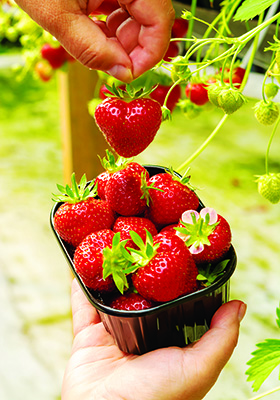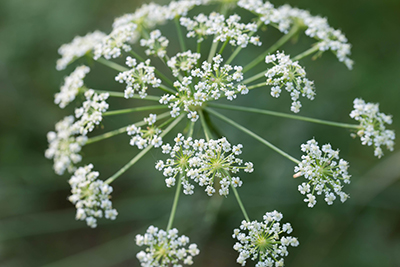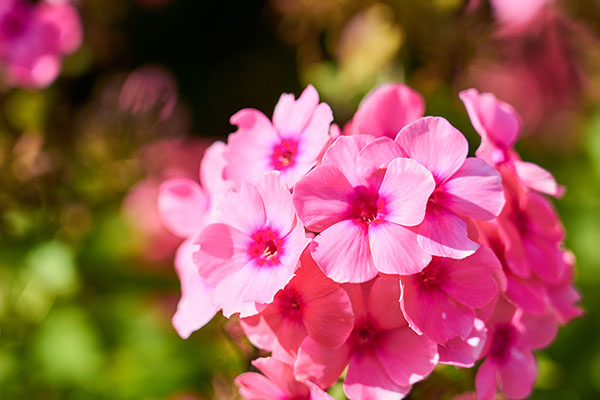
Fruit Crops
First week: Spray cherry trees for cherry fruit fly, as necessary, if fruit is ripening. Spray for codling moth in apple and pear trees as necessary. Continue use of pheromone traps for insect pest detection. After normal fruit drop in June, consider thinning the remainder to produce a larger crop of fruit. Pick ripe strawberries regularly to avoid fruit-rotting diseases. If indicated, spray cherries at weekly intervals for fruit fly. Last week: second spray for codling moth and scab in apple and pear trees.
Flowers, shrubs & trees
Plant dahlias and gladioli. Learn to identify beneficial insects and plant some insectary plants (alyssum, phacelia, coriander, candytuft, sunflower, yarrow, dill) to attract them. Check with local nurseries for best selections. Spray with Orthene to control adult root weevils in rhododendrons, azaleas, primroses, and other ornamentals. Or, use beneficial nematodes if soil temperature is above 55 degrees F. Birch trees dripping means aphids are present. Control as needed. Remove seed pods after blooms have dropped from rhododendrons, azaleas. Prune lilacs, forsythia, rhododendrons and azaleas after blooming.
Lawn Care
If green lawns are being maintained through the summer, fertilize near the end of the month. Set mower blade at .75 to 1 inch for bentgrass lawns; 1.5 to 2.5 inches for bluegrasses, fine fescues, and ryegrasses.
Fresh Vegetables
Fertilize vegetable garden one month after plants emerge by side dressing alongside the rows. Harvest thinnings from new plantings of lettuce, onion and chard. Construct trellises for tomatoes, cucumbers, pole beans and vining ornamentals. Use organic mulches to conserve soil moisture. An inch or two of sawdust, barkdust or composted leaves will minimize loss of water through evaporation. Blossoms on squash and cucumbers begin to drop: nothing to worry about. Control garden weeds by pulling, hoeing or mulching. Control aphids on vegetables as needed by hosing off with water or by using insecticidal soap or a registered insecticide. Watch for cabbage worms, 12-spotted beetles on beans and lettuce, flea beetles in lettuce. Remove the insect pests or treat with labeled pesticides. Spray peas as first pods form, if necessary, to control weevils. Late this month, begin to monitor for late blight on tomatoes.
Late June
Move houseplants outside for cleaning, grooming, repotting and summer growth. Make sure raised beds receive enough water for plants to stay free of drought stress. Plant sweet corn, other tender vegetables.
Oregon State University Extension Service encourages sustainable gardening practices. Always identify and monitor problems before acting. First consider cultural controls; then physical, biological, and chemical controls (which include insecticidal soaps, horticultural oils, botanical insecticides, organic and synthetic pesticides). Always consider the least-toxic approach first.
Recommendations are for the mid Willamette Valley. For more information, contact your local office of the
OSU Extension Service.

